107 pages • 3 hours read
J. K. Rowling, Jack Thorne, John TiffanyHarry Potter and the Cursed Child
Fiction | Play | Middle Grade | Published in 2016A modern alternative to SparkNotes and CliffsNotes, SuperSummary offers high-quality Study Guides with detailed chapter summaries and analysis of major themes, characters, and more. For select classroom titles, we also provide Teaching Guides with discussion and quiz questions to prompt student engagement.
Reading Context
Use these questions or activities to help gauge students’ familiarity with and spark their interest in the context of the work, giving them an entry point into the text itself.
Short Answer
1. What are the main differences between plays and novels? What, if anything, is lost when a work of fiction is recreated for the stage? Compared to watching a live performance or reading a novel, how would you describe the experience of reading a play?
Teaching Suggestion: There was debate about the eighth story in the Harry Potter series being a play rather than a novel, as some worried the well-known story would not translate well into dramatic structure. Students might begin by reviewing dramatic structure and components of a typical drama (e.g., acts, scenes, stage directions, monologues, dialogue), taking note of the unusual number of scenes in Harry Potter and the Cursed Child.
- This resource guide on plays provides information about the genre’s history, elements, and forms.
- This article from MasterClass covers the five elements of dramatic structure, including the stages of plot progression.
2. How does a playwright reveal elements of time—such as the hour, day, or year—in drama? In what ways might the playwright establish the setting? How does time and place impact a story?
Related Titles
By these authors
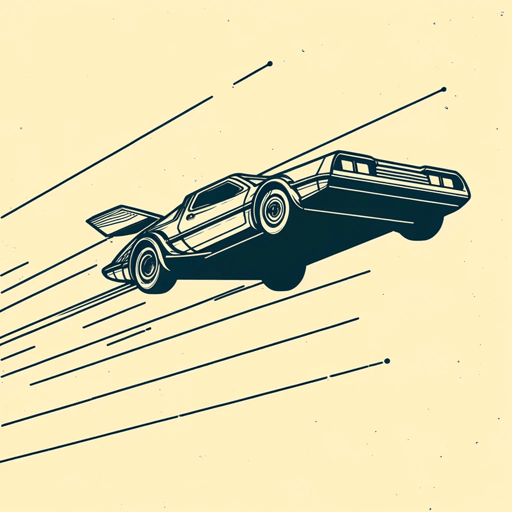
Harry Potter And The Chamber Of Secrets
J. K. Rowling
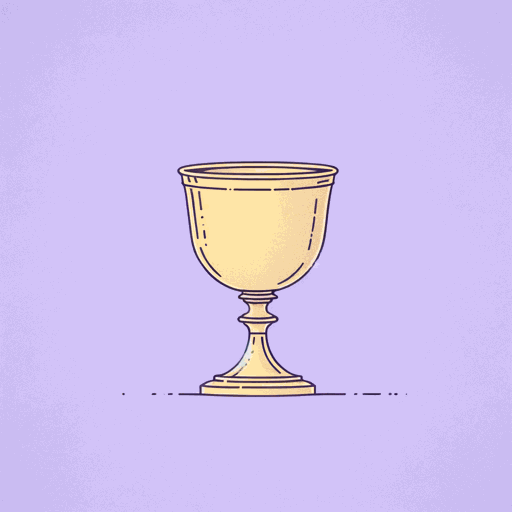
Harry Potter and the Deathly Hallows
J. K. Rowling
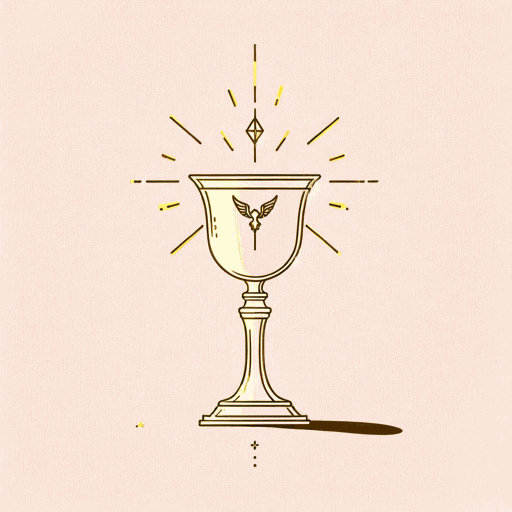
Harry Potter And The Goblet Of Fire
J. K. Rowling
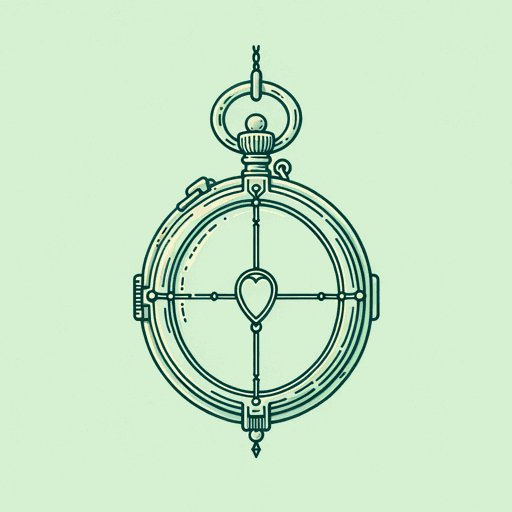
Harry Potter and the Half-Blood Prince
J. K. Rowling
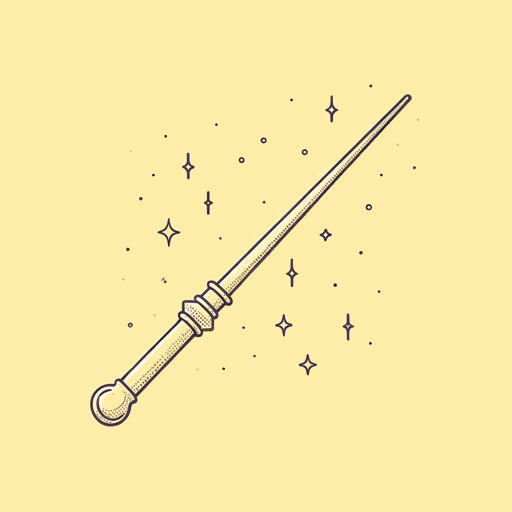
Harry Potter and the Order of the Phoenix
J. K. Rowling

Harry Potter And The Prisoner Of Azkaban
J. K. Rowling
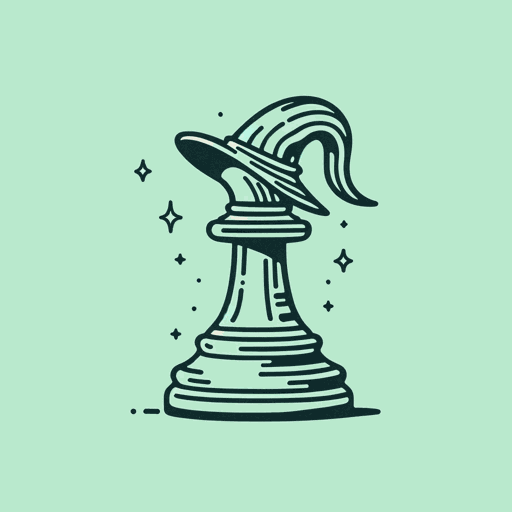
Harry Potter and the Sorcerer's Stone
J. K. Rowling

The Casual Vacancy
J. K. Rowling
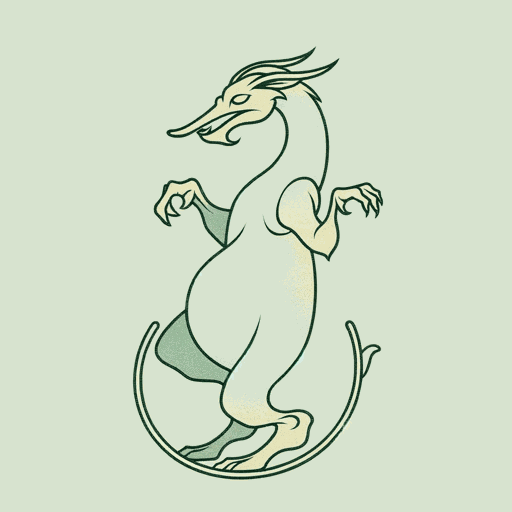
The Ickabog
J. K. Rowling

